In this growing digital age, millions of users worldwide actively use smartphones. The advancement in technology has resulted in the downloading of billions of apps each year, creating immense access and opportunity for new businesses and entrepreneurs around the world to reach different audiences through mobile application development. With all the information readily accessible, one can confidently state that mobile applications are not only changing the way people communicate, but also the methods of shopping and interacting with the environment. Today, the mobile app industry has developed into a self-sustaining ecosystem, offering clear directions for aspiring developers and business owners to set foot in the mobile app development career.
In case you want to develop a mobile app for your business, a specific mobile app development roadmap is needed, which will ensure that the relevant objectives and targets are focused on the development of the app. In the smartphone world, it all begins with an app idea and a detailed outline; this outline acts as a step-by-step handbook with complete lifecycle details of the app’s creation, from its inception to final release. This roadmap for mobile app development captures the basic actions, including strategizing and analyzing opportunities, selecting a development approach, and incorporating application trends into the mobile app.
Understanding Mobile App Development: Benefits & Process
Mobile application development refers to the process of developing software for mobile devices such as smartphones and tablets. This process encompasses both the designing and coding phases of the application. One major distinguishing factor between mobile application development and other types of software development is the incorporation of built-in functions into the application. For instance, mobile applications can take advantage of the GPS, Bluetooth, camera, and microphone functionalities that come with a mobile phone. The basic process of app development includes:
- Integrating software bundles.
- Creating the necessary back-end components to allow the APIs access to the data
- And testing the application on all intended devices.
Mobile applications are primarily created for Android and iOS operating systems, which make up most of the global market share. According to research conducted by Statista, consumers are expected to download 143 billion mobile applications from the Google Play Store and nearly 38 billion apps from the Apple App Store in 2026. Additionally, the total income yielded from mobile applications is anticipated to surpass $781.70 billion by 2029, indicating further market expansion. The uprising growth in the forecasted revenue of apps signifies the increasing surge in downloads. This shows that it is the right time to invest in app development and capitalise on the digital trend for your business.
6 Essential Benefits of Mobile App Development For Your Business
The idea of launching a mobile app for your business can be a thrilling and rough experience at the same time. You can find several options in technology today, but knowing which one is the right one for you matters a lot. From startup companies to large organisations, mobile apps have become an essential tool for every business owner.
Here are six essential examples of how mobile app development is beneficial for businesses:
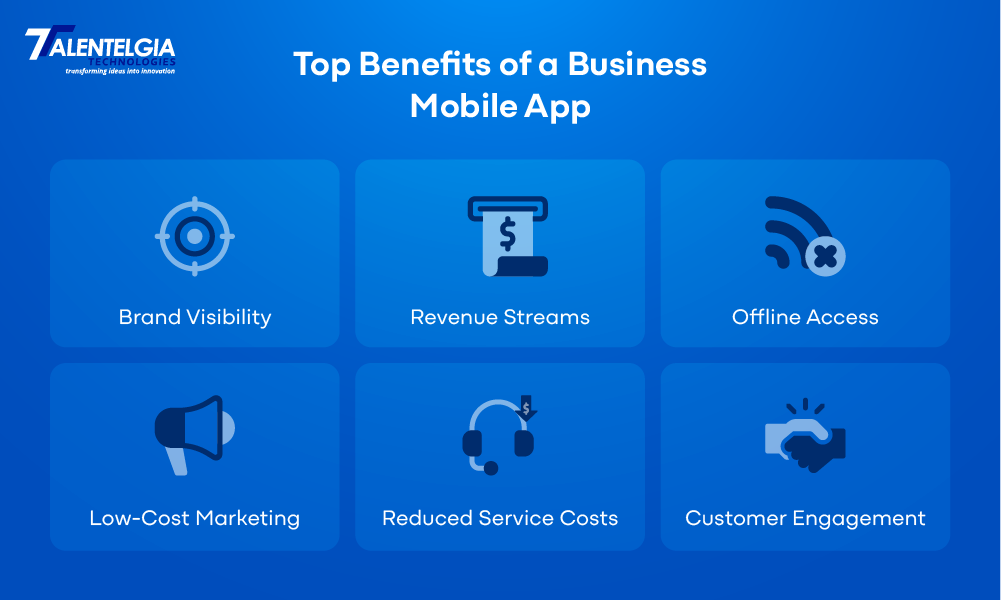
1. Brand Awareness and Recognition
A software app never rests. It’s a constant representative of your brand that works around the clock. A carefully designed app improves your foothold in the digital space as well as strengthens your identity and presence in saturated markets.
2. Additional Revenue Streams
Mobile apps have the potential to offer new, innovative ways of generating income, such as premium features, subscriptions, and in-app purchases. Additionally, incorporating e-commerce features makes it faster and easier to sell.
3. Offline Capabilities
Mobile applications have a unique ability to be useful even when there is no internet connection. Users who are travelling or who may be in a location without cell service can still get value from an app, unlike accessing it via a website.
4. Reduces Marketing Costs
With mobile applications, communication via push notifications is far cheaper than ad or email marketing. You can easily send updates, offers, and promotions to your target audience, and it is much more effective than more traditional methods.
5. Reduces Service Costs
Self-service functions like booking, chatbots, FAQs, or order status checks can significantly reduce the load on the customer service support team. This eventually reduces additional expenses for you and provides quicker responses for users.
6. Bonding with Customers
Mobile apps make it easier to form innovative and personalised experiences for users. You can capture data, monitor activity, and manage user interactions in real-time. This leads to higher trust and stronger relationships with customers.
Mobile App Development Process: Step-by-Step Guide [2025]
Essentially, as we have already discussed, mobile app development refers to the creation of software applications that operate on mobile devices. These apps may either come pre-installed with the phone or be downloaded later by the user. The mobile app development process encompasses all activities from formulating the ideation of the app to designing its UI, programming its features, and testing the end product. The increasing popularity of smartphones and tablets has led to an even greater demand for mobile apps, which makes the app development market very popular. If you want to build an app from scratch, you need to follow a few steps.

1. Define Your Goals
The first step for mobile app development is setting goals. However, rather than setting just any goal, you must set measurable goals! Your goals could be business-oriented or aimed at the end users. Each of the goals defined should have KPIs that can quantify and monitor their success. Either way, here are some helpful starter questions:
- Are you solving a specific problem for customers?
- What are your app goals?
- What features will your app include?
- How much are you willing to invest in your app?
- Is your app something purely for entertainment or engagement?
- What do you want users to achieve by choosing your mobile application?
It is pretty standard to get overly excited about this step and lose sight of your primary goal. Remember what to work on next, and focus on what is essential for the app’s fundamental function while eliminating unnecessary features.
2. Do Market Research
After settling on your idea, it’s always a good practice to check if there’s any similar app existing in the market. It’s pretty rare to have a completely fresh idea with zero competition. Conducting thorough market research is the most crucial step that should never be overlooked. You wouldn’t want to use valuable resources developing an incredible concept, only to find out that there’s no demand for it. Therefore, you are better off resolving this issue before starting the building phase. This step focuses on validation questions like:
- Which target market do you want to focus on?
- Who are your potential competitors in the market?
- What are the best platforms to launch your app?
- How to stand out from the competition?
- What marketing and promotion strategies are you going to use?
You also need to learn your users’ average age, location, and device types.
3. Decide Mobile App Features
An app should have the features needed by its users. Understand the requirements of your users and figure out the features that are essential to them. Although it may seem easy to add trending features to your application, ignoring other features may be detrimental to user satisfaction. Adding too many features can also increase your expenses and extend the time required to develop the mobile application. Therefore, you should prioritise having fewer but more targeted features in the initial stages of development. Ask yourself:
- What features must be in version 1.0?
- What features do we roll out later?
- What features are useless?
4. Build Intuitive UI/UX Design
What is the first thing that a user notices when they open an application? It’s neither feature nor information, but rather the visual look and feel of the platform that engages the users, also called user interface design and user experience design. The ease or difficulty experienced when using the application’s features determines its user-friendly nature. If users are unable to implement the practical functions an app provides, all its features are rendered non-functional. Users will eventually get frustrated with their failed attempts and quickly abandon the app.
- The mobile should be simple, engaging, intuitive, and do what it’s made for.
- Consider how users will interact with the app differently from how they would with a mobile website (these two elements are distinctly different in web design).
- Your number one priority must be user experience.
While building a cutting-edge UI/UX mobile application design, ensure that the aesthetics provide the user not only with beauty but also speed and comfort while interacting with the application.
5. App Development
After all of the planning, you are ready to create the application. This involves developing the back-end technologies, APIs, and front-end user interfaces. The intended purpose of the mobile application, app categories, and characteristics highly influence the amount of time and money allocated for the app.
For example, an app that has user authentication servers, GPS, user communication in real time, and other advanced features will take longer to develop. Simple apps are easy and inexpensive to develop. Here’s a breakdown of what you must do:
- Choose a programming language (Android – Java, Kotlin / iOS – Swift, Objective-C)
- Choose between native apps, cross-platform frameworks, and low-code/no-code platforms (eg, React Native, Xamarin, Flutter)
- Gather your development team
- Set timelines, milestones, and goals
- Be prepared for flexible, responsive changes
Depending on the technology used to develop your mobile app, you must create one app for iOS and another for Android. Alternatively, cross-platform development enables the creation of a single application that can function on both operating systems.
6. Test Your App
Every app has its bugs and flaws. This is why user testing is designed to provide an operational application that does not crash at any point in time, so the user enjoys using the app. Functionality must be thoroughly checked before the app is published. App testing is finding bugs and glitches that need to be cleaned up before putting them into the hands of users. This includes:
- Testing app on all operating systems (eg, Android and iOS)
- Test the app on different devices (eg, Smartphones and Tablets)
- Best practices include working closely with QAs during app development.
- Encourage the targeted audience to participate in beta testing to collect their suggestions on how to improve the app.
Your application can receive fresh updates and newer versions later on. However, striving to ensure everything is perfect during the Quality Assurance (QA) (manual or automated testing ) phase may prevent your app from being released to the market. Remember to take it easy on yourself, strive to develop a good product, and aim to refine it later in the refinement process once it is out.
7. Launch Your App
Upon successful testing of your app, you may release it to the Android Play Store or the App Store. However, bear in mind that Google and Apple have set developer policies that their apps must adhere to before submission to the Play Store or App Store. In addition, your business model for gaining revenue must also align with the policies set forth.
8. App Maintenance & Updates
You’ve hit the launch button, but the work isn’t finished yet! There is still plenty of work that lies ahead, including establishing a long-term relationship with your users. These partnerships require skilled nurturing and a lot of guidance, as you attempt to balance their needs and meet their expectations. The key here is maintaining the longevity of applications.
However, not all apps are perfectly built; they have several bugs and fixes during their initial phase. So, for pleasant app experiences, there are troubleshooting and maintenance that need to be dealt with, like:
- Performance optimization
- Bug Fixes
- Security patches
- Featured updates
Final Words
The roadmap to mobile app development brings many challenges and opportunities for creativity, innovation, and impact in every business. From the design phase to creating native or cross-platform applications, user experience should always be your top priority. Your app needs to fulfill its core purpose and be as user-friendly as possible. What is best for you will depend on your budget, goals, skills, schedule, and the complexity of the app.
Looking at everything, we at Talentelgia offer the best custom mobile app development services, where you can experience seamless and intuitive designs according to the latest industry standards. Book our free consultation today!


 Healthcare App Development Services
Healthcare App Development Services
 Real Estate Web Development Services
Real Estate Web Development Services
 E-Commerce App Development Services
E-Commerce App Development Services E-Commerce Web Development Services
E-Commerce Web Development Services Blockchain E-commerce Development Company
Blockchain E-commerce Development Company
 Fintech App Development Services
Fintech App Development Services Fintech Web Development
Fintech Web Development Blockchain Fintech Development Company
Blockchain Fintech Development Company
 E-Learning App Development Services
E-Learning App Development Services
 Restaurant App Development Company
Restaurant App Development Company
 Mobile Game Development Company
Mobile Game Development Company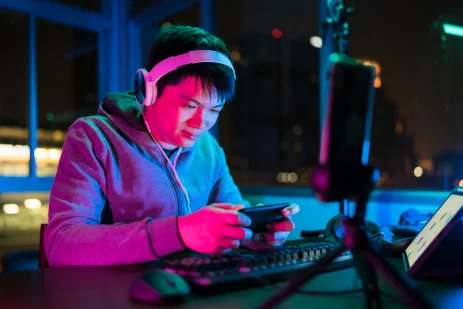
 Travel App Development Company
Travel App Development Company
 Automotive Web Design
Automotive Web Design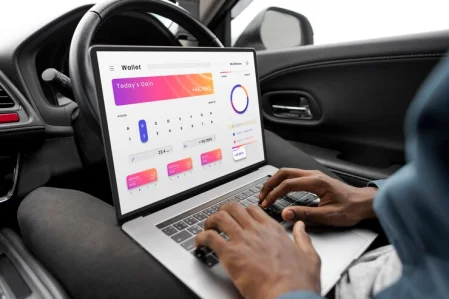
 AI Traffic Management System
AI Traffic Management System
 AI Inventory Management Software
AI Inventory Management Software
 AI Software Development
AI Software Development  AI Development Company
AI Development Company  AI App Development Services
AI App Development Services  ChatGPT integration services
ChatGPT integration services  AI Integration Services
AI Integration Services  Generative AI Development Services
Generative AI Development Services  Natural Language Processing Company
Natural Language Processing Company Machine Learning Development
Machine Learning Development  Machine learning consulting services
Machine learning consulting services  Blockchain Development
Blockchain Development  Blockchain Software Development
Blockchain Software Development  Smart Contract Development Company
Smart Contract Development Company  NFT Marketplace Development Services
NFT Marketplace Development Services  Asset Tokenization Company
Asset Tokenization Company DeFi Wallet Development Company
DeFi Wallet Development Company Mobile App Development
Mobile App Development  IOS App Development
IOS App Development  Android App Development
Android App Development  Cross-Platform App Development
Cross-Platform App Development  Augmented Reality (AR) App Development
Augmented Reality (AR) App Development  Virtual Reality (VR) App Development
Virtual Reality (VR) App Development  Web App Development
Web App Development  SaaS App Development
SaaS App Development Flutter
Flutter  React Native
React Native  Swift (IOS)
Swift (IOS)  Kotlin (Android)
Kotlin (Android)  Mean Stack Development
Mean Stack Development  AngularJS Development
AngularJS Development  MongoDB Development
MongoDB Development  Nodejs Development
Nodejs Development  Database Development
Database Development Ruby on Rails Development
Ruby on Rails Development Expressjs Development
Expressjs Development  Full Stack Development
Full Stack Development  Web Development Services
Web Development Services  Laravel Development
Laravel Development  LAMP Development
LAMP Development  Custom PHP Development
Custom PHP Development  .Net Development
.Net Development  User Experience Design Services
User Experience Design Services  User Interface Design Services
User Interface Design Services  Automated Testing
Automated Testing  Manual Testing
Manual Testing  Digital Marketing Services
Digital Marketing Services 
 Ride-Sharing And Taxi Services
Ride-Sharing And Taxi Services Food Delivery Services
Food Delivery Services Grocery Delivery Services
Grocery Delivery Services Transportation And Logistics
Transportation And Logistics Car Wash App
Car Wash App Home Services App
Home Services App ERP Development Services
ERP Development Services CMS Development Services
CMS Development Services LMS Development
LMS Development CRM Development
CRM Development DevOps Development Services
DevOps Development Services AI Business Solutions
AI Business Solutions AI Cloud Solutions
AI Cloud Solutions AI Chatbot Development
AI Chatbot Development API Development
API Development Blockchain Product Development
Blockchain Product Development Cryptocurrency Wallet Development
Cryptocurrency Wallet Development About Talentelgia
About Talentelgia  Our Team
Our Team  Our Culture
Our Culture 
 Healthcare App Development Services
Healthcare App Development Services Real Estate Web Development Services
Real Estate Web Development Services E-Commerce App Development Services
E-Commerce App Development Services E-Commerce Web Development Services
E-Commerce Web Development Services Blockchain E-commerce
Development Company
Blockchain E-commerce
Development Company Fintech App Development Services
Fintech App Development Services Finance Web Development
Finance Web Development Blockchain Fintech
Development Company
Blockchain Fintech
Development Company E-Learning App Development Services
E-Learning App Development Services Restaurant App Development Company
Restaurant App Development Company Mobile Game Development Company
Mobile Game Development Company Travel App Development Company
Travel App Development Company Automotive Web Design
Automotive Web Design AI Traffic Management System
AI Traffic Management System AI Inventory Management Software
AI Inventory Management Software AI Software Development
AI Software Development AI Development Company
AI Development Company ChatGPT integration services
ChatGPT integration services AI Integration Services
AI Integration Services Machine Learning Development
Machine Learning Development Machine learning consulting services
Machine learning consulting services Blockchain Development
Blockchain Development Blockchain Software Development
Blockchain Software Development Smart contract development company
Smart contract development company NFT marketplace development services
NFT marketplace development services IOS App Development
IOS App Development Android App Development
Android App Development Cross-Platform App Development
Cross-Platform App Development Augmented Reality (AR) App
Development
Augmented Reality (AR) App
Development Virtual Reality (VR) App Development
Virtual Reality (VR) App Development Web App Development
Web App Development Flutter
Flutter React
Native
React
Native Swift
(IOS)
Swift
(IOS) Kotlin (Android)
Kotlin (Android) MEAN Stack Development
MEAN Stack Development AngularJS Development
AngularJS Development MongoDB Development
MongoDB Development Nodejs Development
Nodejs Development Database development services
Database development services Ruby on Rails Development services
Ruby on Rails Development services Expressjs Development
Expressjs Development Full Stack Development
Full Stack Development Web Development Services
Web Development Services Laravel Development
Laravel Development LAMP
Development
LAMP
Development Custom PHP Development
Custom PHP Development User Experience Design Services
User Experience Design Services User Interface Design Services
User Interface Design Services Automated Testing
Automated Testing Manual
Testing
Manual
Testing About Talentelgia
About Talentelgia Our Team
Our Team Our Culture
Our Culture
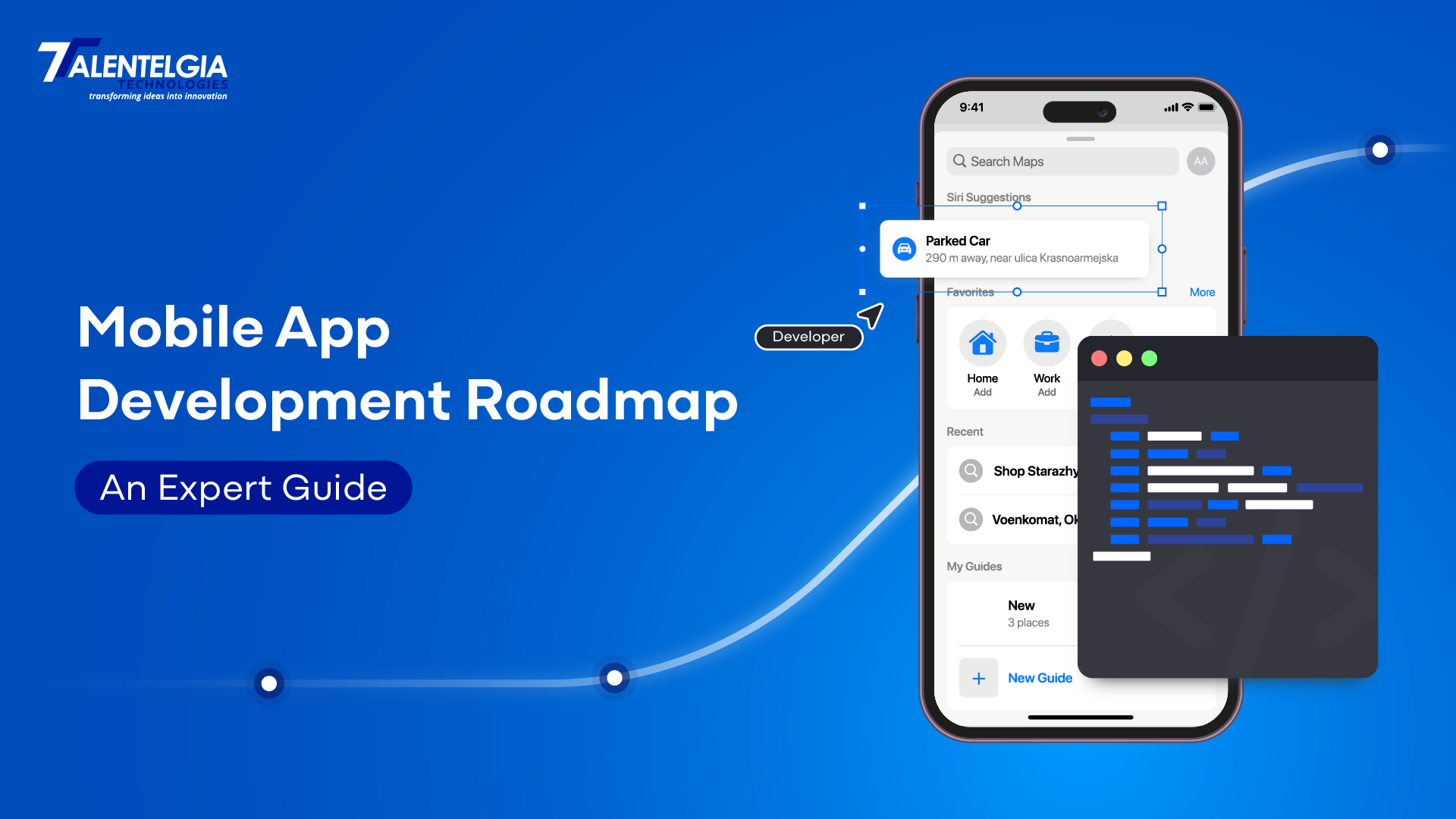



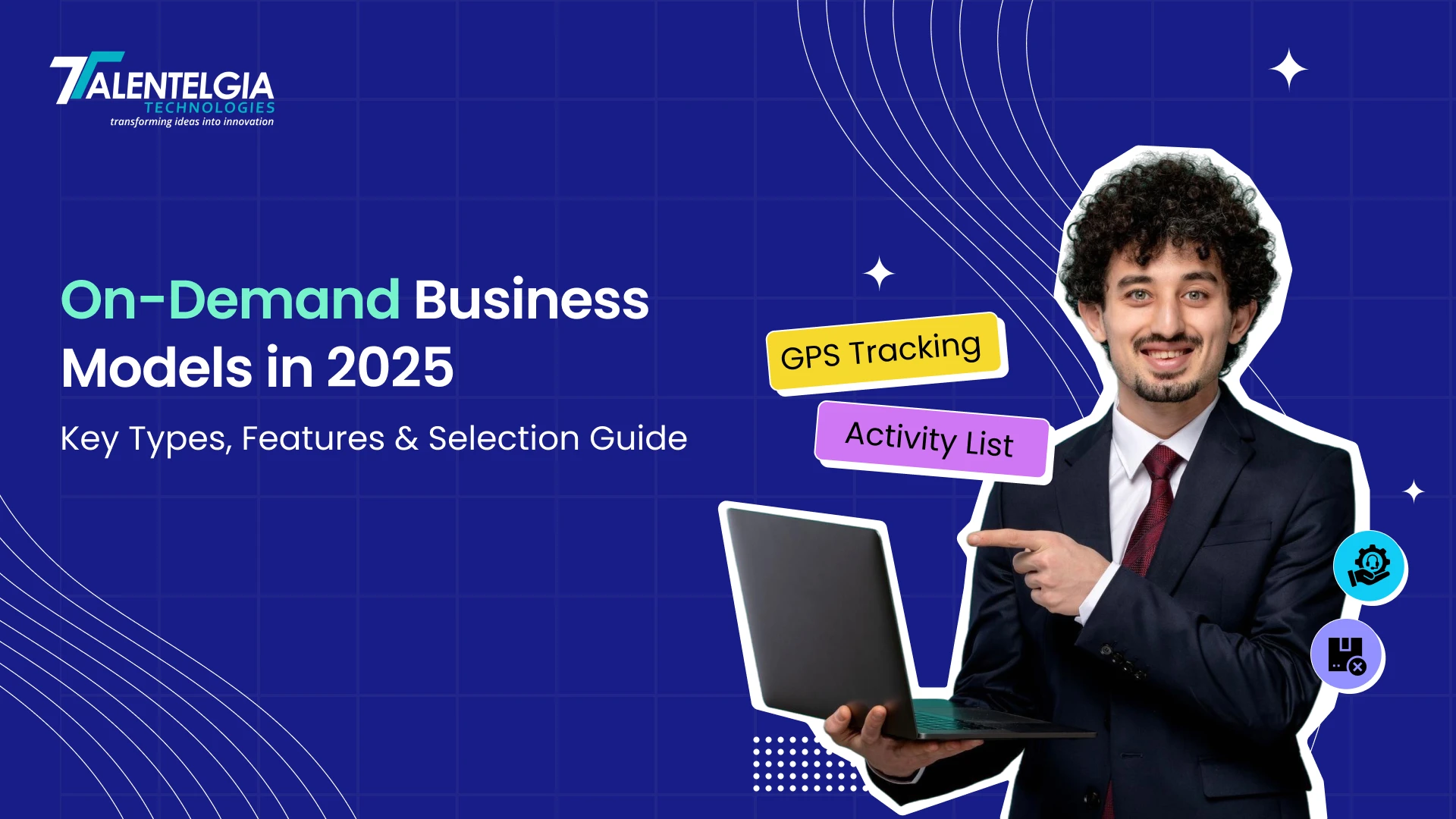
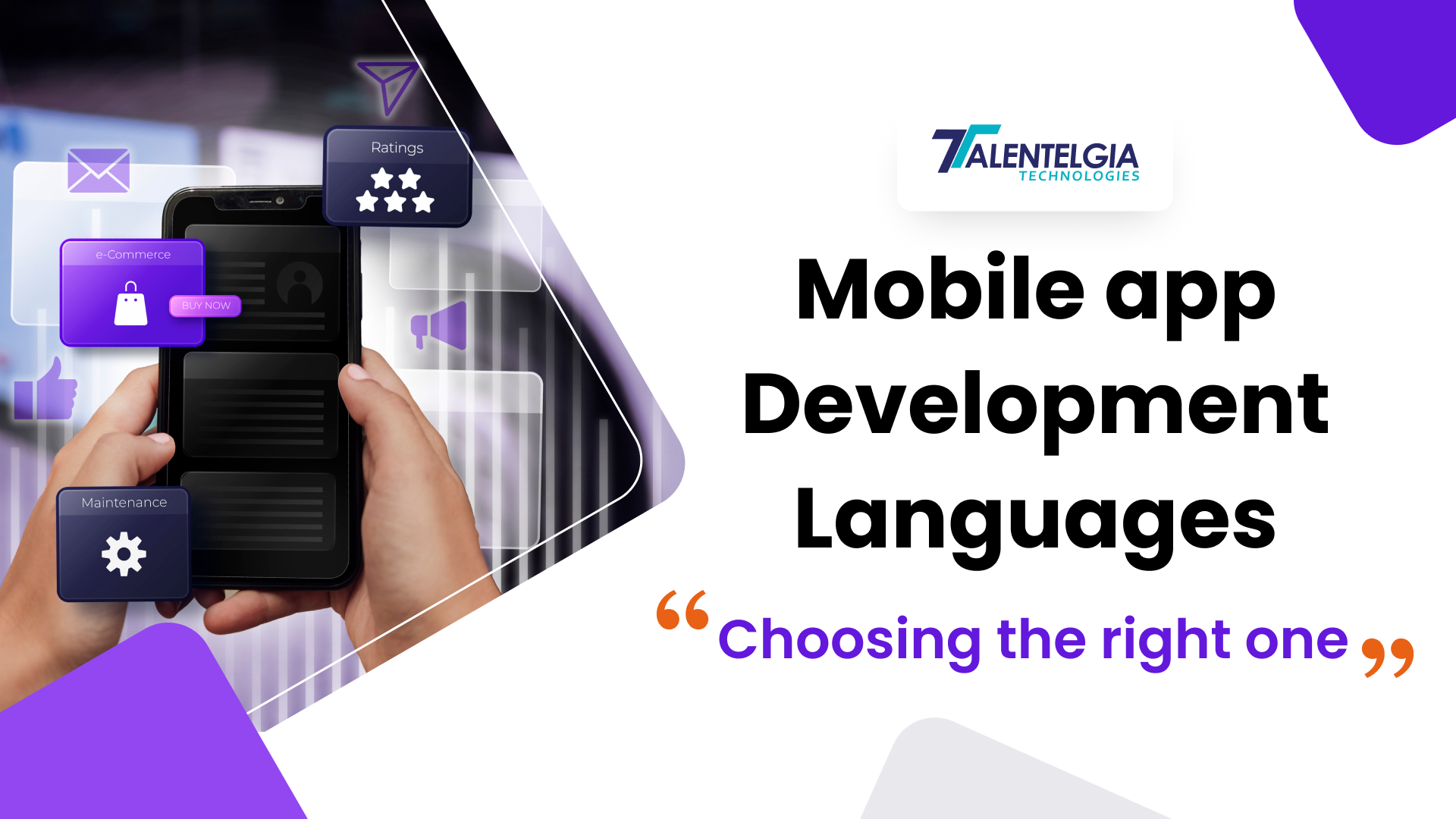











 Write us on:
Write us on:  Business queries:
Business queries:  HR:
HR: 




